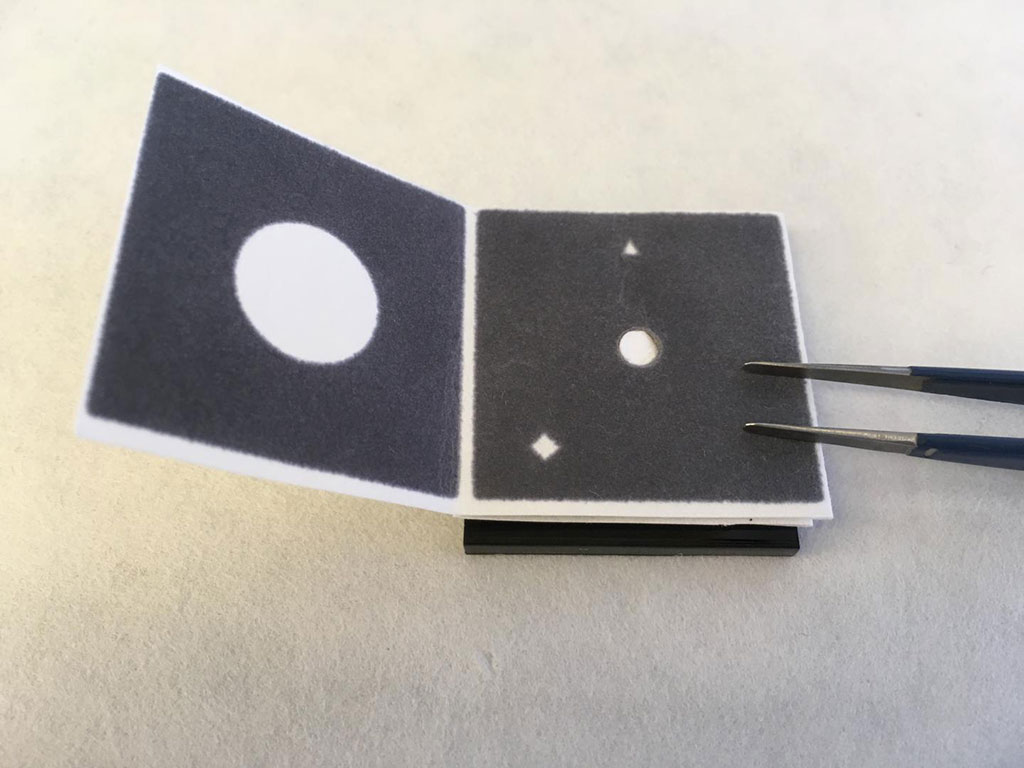Rapid, Paper-Based Test Detects Coronavirus in Sewage and Wastewater
By LabMedica International staff writers
Posted on 06 Apr 2020
A team of British researchers has developed a rapid test to detect the COVID-19 virus, SARS-CoV-2, in sewage and wastewater as a means for gauging the level of infection within the community.Posted on 06 Apr 2020
One of the characteristics of COVID-19 is that the virus can be spread by individuals who are not symptomatic, having neither fever nor signs of infection. Lacking the ability to screen these asymptomatic patients quickly and effectively, health authorities have no way of predicting the optimum time to reduce the risk of disease transmission by implementing effective quarantine measures. Thus, tracing unknown COVID-19 sources, fast and accurate screening of potential virus carriers, and diagnosis of asymptomatic patients are crucial steps for intervention and prevention at an early stage.

Image: The paper device for COVID-19 detection presents results that are visible to the naked eye: a green circle indicating positive and a blue circle negative (Photo courtesy of Cranfield University)
In this regard, investigators at Cranfield University (United Kingdom) developed a wastewater-based epidemiology (WBE) approach to provide a rapid way to predict the potential spread of COVID-19 by screening for viral biomarkers in feces and urine that enter the sewer system from disease carriers.
This concept – a paper-based rapid diagnostic device for detection of coronavirus – is an adaption of technology that had been successfully used for rapid veterinary diagnosis in India and for detection of malaria parasites in blood among rural populations in Uganda.
In practice, the paper device is folded and unfolded in steps to filter the nucleic acids of the virus from wastewater samples. Preloaded reagents in the device detect whether the nucleic acid from SARS-CoV-2 is present. Results are visible to the naked eye: a green circle indicating positive and a blue circle negative. The paper analytical devices are easy to stack, store, and transport because they are thin and lightweight, and can also be incinerated after use, reducing the risk of further contamination.
Senior author Dr. Zhugen Yang, lecturer in sensor technology at Cranfield University, said, "In the case of asymptomatic infections in the community or when people are not sure whether they are infected or not, real-time community sewage detection through paper analytical devices could determine whether there are COVID-19 carriers in an area to enable rapid screening, quarantine, and prevention. If COVID-19 can be monitored in a community at an early stage through WBE, effective intervention can be taken as early as possible to restrict the movements of that local population, working to minimize the pathogen spread and threat to public health."
The paper-based COVID-19 detection device was described in the March 23, 2020, online edition of the journal Environmental Science & Technology.
Related Links:
Cranfield University














